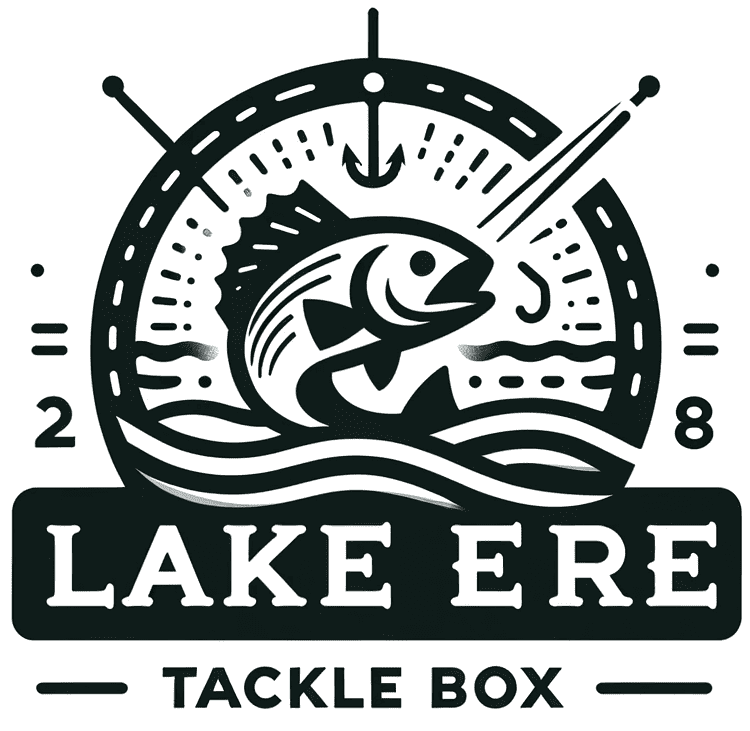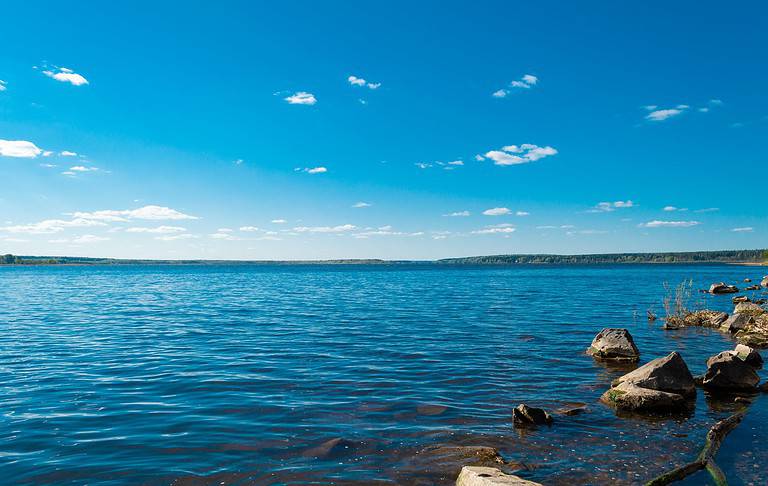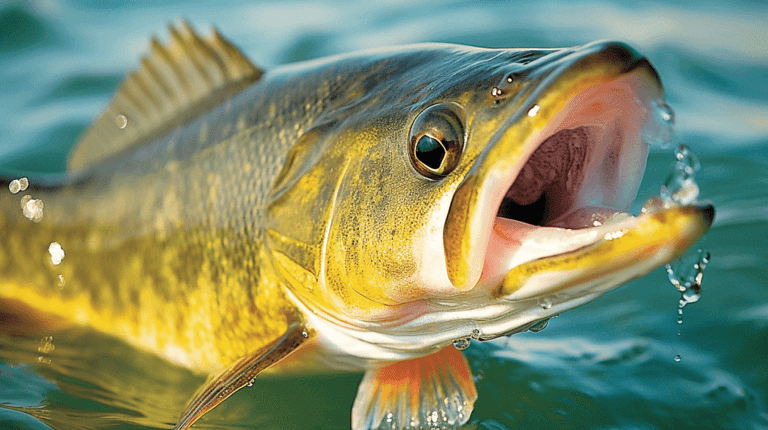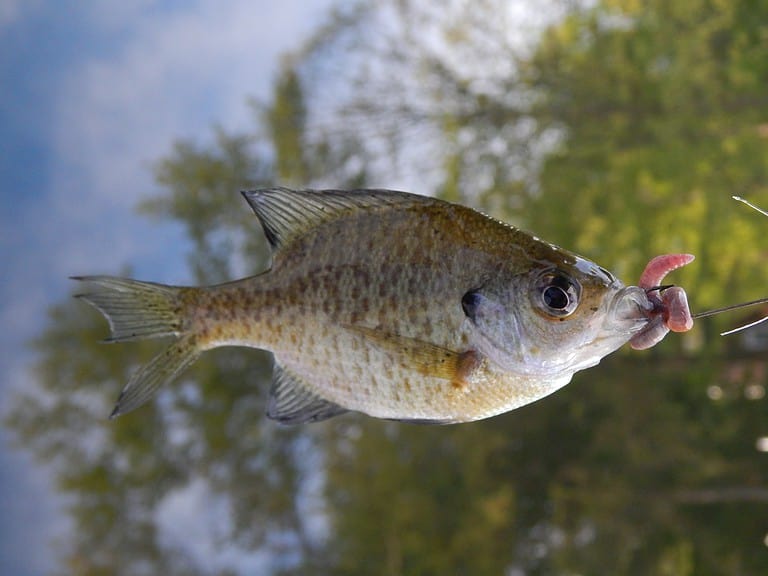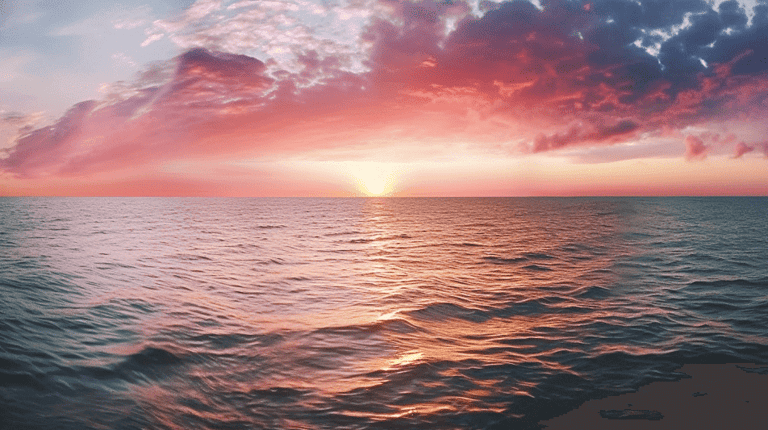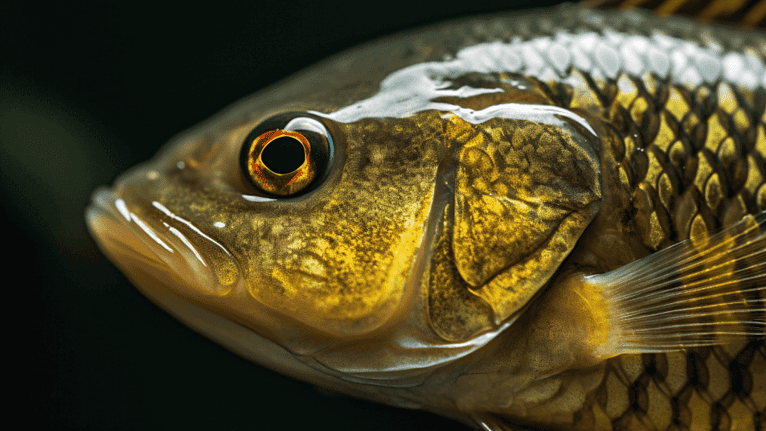2024 Lake Erie Fishing Tournaments: Complete Guide & Schedule
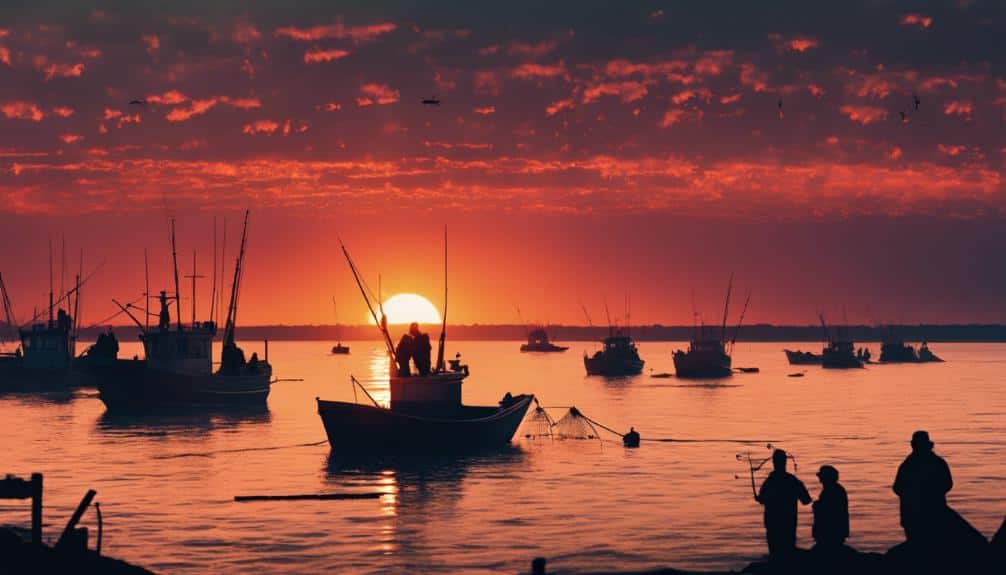
In 2024, you’ll be diving into Lake Erie’s fishing tournaments, where the chase for trophy-sized Walleye sets the pace. With month-long fishing periods and specific signup cutoffs, your strategy hinges on knowing prime spots and mastering the heaviest Walleye count. Register through the Michigan Fishing Tournament Information System (FTIS)—an essential step for Walleye enthusiasts. Adherence to unique reporting requirements by December 31 is vital, alongside compliance with boating access permits managed by the Michigan DNR. Grasping the intricate balance of competition, conservation, and compliance lays the groundwork for success. Uncovering winning strategies becomes the game within the game.
Table of Contents
Key Takeaways
- The 2024 Lake Erie fishing tournaments feature month-long periods focusing on catching the heaviest walleye.
- Registration is mandatory through the Michigan Fishing Tournament Information System (FTIS) for bass, walleye, and muskellunge tournaments.
- Prime fishing spots along Lake Erie are crucial for targeting trophy-sized walleye, influencing tournament outcomes.
- All tournament participants must report their catch and event details by the annual deadline of December 31 to comply with regulations.
- Detailed data collection on fish weight, length, and characteristics is essential for analysis and understanding of fishing techniques and fish behavior.
Lake Erie Walleye Derbies
Lake Erie Walleye derbies, with their month-long fishing periods and specific signup cutoffs, offer anglers the challenge of landing the biggest walleye to clinch the top prize. In these competitions, only the heaviest walleye counts, even if you manage to upgrade your catch throughout the event. This essential focus on the largest fish intensifies the strategy, pushing you to not only find prime fishing spots but also to refine your technique to target the elusive, trophy-sized Lake Erie Walleye.
The extended duration of these derbies is a boon, giving you ample time to track the migratory patterns of walleye, especially during the fall when they’re known to be more active. Fall Walleye, in particular, are sought after for their size and are a rewarding catch after the strategic planning and patience required to outsmart them. The derbies’ structure, rewarding multiple places, means that your effort can still pay off, even if you don’t land the heaviest fish.
Understanding Lake Erie’s unique ecosystem and the behavior of Fall Walleye is important. You’ll need to adapt to weather changes, water temperatures, and fish movement to increase your chances of success. This thorough exploration into the habits of Lake Erie Walleye, combined with the derby’s competitive format, makes for an engaging and rewarding fishing experience.
Tournament Registration Process
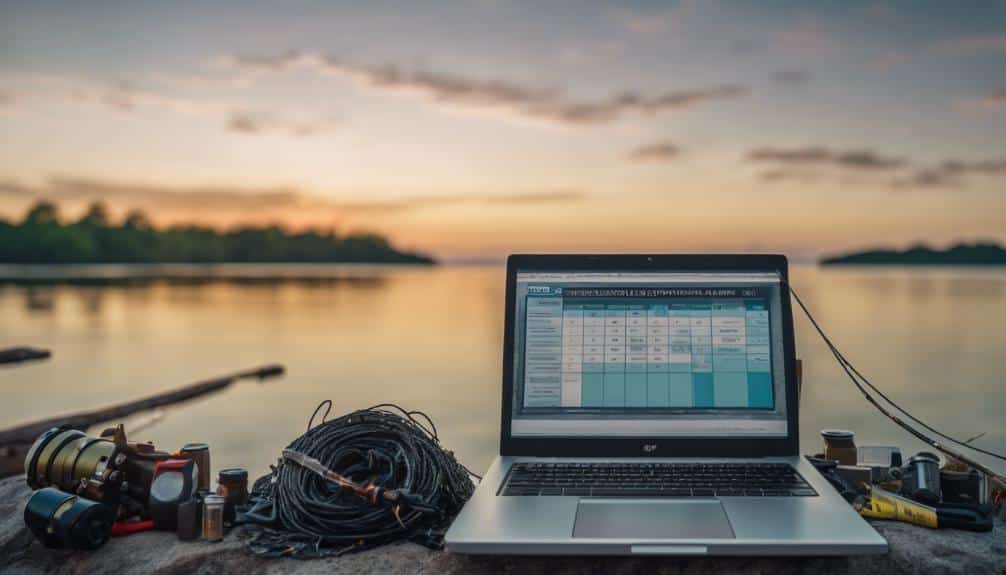
In order to guarantee your participation in the 2024 Lake Erie fishing tournaments, you’ll need to navigate the Michigan Fishing Tournament Information System (FTIS) for registration, adhering strictly to its detailed requirements and deadlines. Whether you’re eyeing the bass, walleye, or muskellunge tournaments, registration through FTIS is non-negotiable. This system ensures that your event is recognized officially, allowing you to focus on the competition rather than compliance issues.
For walleye fishing tournaments, which are a significant part of the tournament series on Lake Erie, understanding the unique reporting requirements is essential. Each event, based on weight, length, and other specific characteristics of the catch, must be documented accurately. Remember, the reporting deadline for all tournaments is December 31 annually. Failing to meet this deadline or not registering your event at all could lead to enforcement actions and penalties for violations of fisheries orders.
If you’re planning to host or participate in any walleye tournaments or other fishing events, it’s also important to report unregistered events to the Report All Poaching Hotline. This step ensures the integrity and sustainability of the sport, contributing to a fair and competitive fishing environment on Lake Erie.
Boating Access and Permits
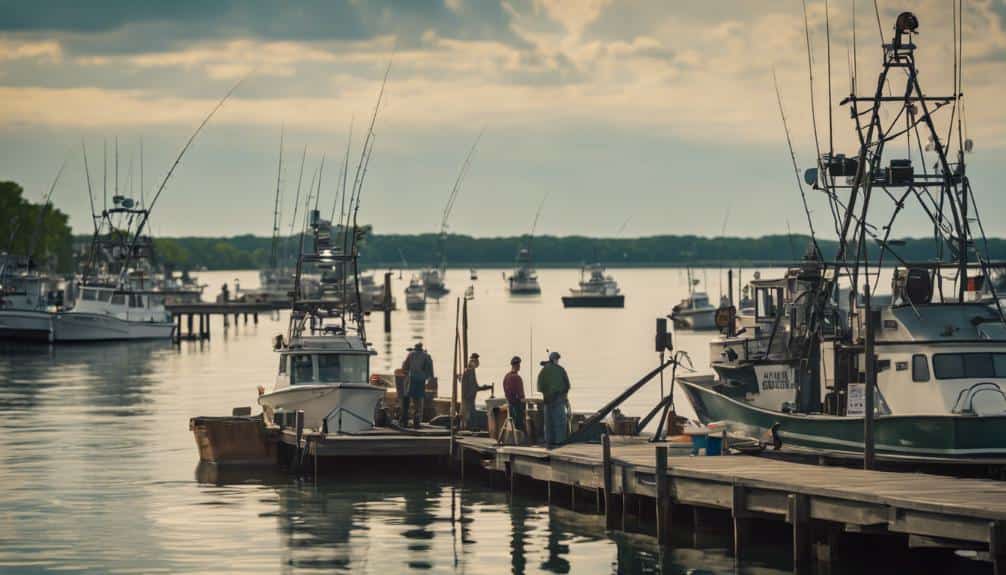
To secure your spot in the 2024 Lake Erie fishing tournaments, you’ll need to navigate the complexities of obtaining the necessary boating access and permits, especially at Michigan DNR-managed sites. Grasping the permit requirements early on is important for smooth event planning and logistics. Michigan DNR may require event use permits for tournaments, making sure that all participants adhere to established guidelines.
Registering your fishing tournament in the Michigan Fishing Tournament Information System (FTIS) is a vital step. This system streamlines the process, allowing for efficient organization and compliance with DNR mandates. It’s not just about securing a date and location; it’s about ensuring your event operates within the legal framework, respecting both safety regulations and environmental stewardship.
Enforcement of these rules is strict, with law enforcement officers tasked with ensuring compliance. This includes monitoring for adherence to safety regulations, a critical aspect of event planning. Non-compliance isn’t an option, as it could lead to penalties or the revocation of permits, jeopardizing future events.
Understanding and following these directives ensures a tournament that’s not only successful but also respectful of Lake Erie’s natural resources and the broader angling community.
Reporting Tournament Data

As you navigate the complexities of Lake Erie’s fishing tournaments, understanding the nuances of data collection methods becomes paramount.
You’ll need to meticulously record catches, differentiating by species, weight, and length, ensuring your submissions align with the Michigan Fishing Tournament Information System (FTIS) standards.
Analyzing these outcomes not only aids in compliance but also provides critical insights into fish populations and tournament impacts, guiding future conservation efforts.
Data Collection Methods
You must register all bass, walleye, and muskellunge tournaments in Michigan’s Fishing Tournament Information System (FTIS) for thorough data collection. This system guarantees data accuracy by mandating specific reporting requirements based on weight, length, and other characteristics of catch.
Utilizing advanced sampling techniques, FTIS collects detailed data, allowing for precise data interpretation. This meticulous approach helps in understanding tournament impacts on fish populations and aids in fisheries management.
Analyzing Tournament Outcomes
Analyzing tournament outcomes requires meticulously reported data on fish weight, length, and various other characteristics to evaluate angler performance and crown the competition’s winners. This detailed approach not only helps in understanding the nuances of fish behavior analysis but also shines a light on the effectiveness of different fishing techniques under varying conditions.
Through a thorough study of seasonal patterns and the impact of environmental factors, anglers can refine their strategies, gaining insights that offer a competitive edge. Reporting on catches, techniques, and conditions becomes a treasure trove of information, enabling an in-depth exploration into angler performance evaluation.
This process is essential for not just improving future strategy but also for fostering a more competitive and knowledgeable fishing community, elevating the overall experience at Lake Erie fishing tournaments.
Online Account Setup
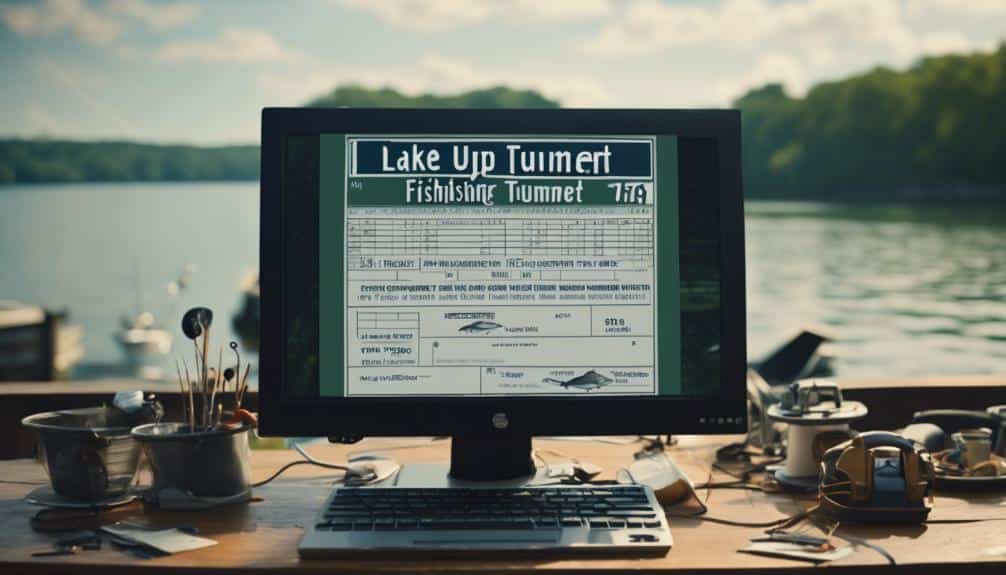
Setting up your online account for the Lake Erie fishing tournaments streamlines the registration process, allowing you to secure your spot up to a full year in advance. By visiting the designated registration website, you’re introduced to a seamless experience, starting with account security. The platform guarantees your personal and payment information is protected with state-of-the-art encryption, providing peace of mind as you navigate through the setup.
The user interface is designed with efficiency in mind, allowing for intuitive navigation. This means you can easily schedule multiple tournaments at the same launch site without hassle. The system’s flexibility to add, edit, and delete tournaments as your plans evolve or as Lake Erie fishing events require adjustment demonstrates a thoughtful approach to user needs.
Moreover, the variety of payment options caters to everyone’s preferences, ensuring that the registration fee submission is as straightforward as the rest of the process. Directors benefit greatly from the director-to-director contact feature, which fosters better coordination and planning among participants, making the overall experience more cohesive and enjoyable. Setting up your online account is the first step to a hassle-free and successful tournament season on Lake Erie.
Registering New Events
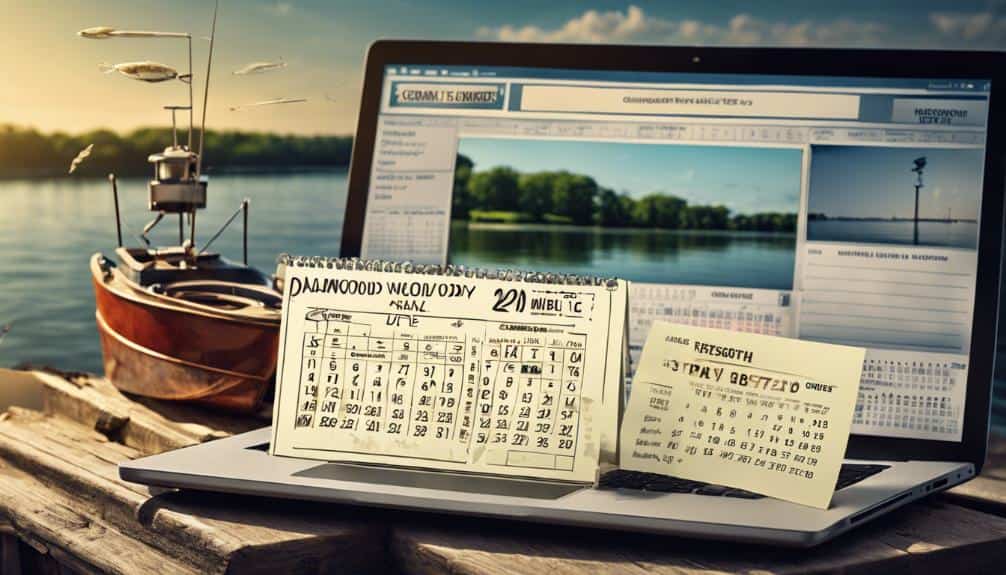
To guarantee your participation in the exciting world of Lake Erie fishing, it’s important to register your event through the Michigan Fishing Tournament Information System (FTIS), covering bass, walleye, and muskellunge tournaments. This process is necessary for effective event coordination and outreach, making sure that all tournaments align with state regulations and conservation efforts.
When you register, you’re not just entering your tournament details; you’re also contributing to a larger framework designed for compliance checks and enforcement. The system is set up to flag unregistered events, which then must be reported to the Report All Poaching Hotline. This step is crucial in maintaining the integrity of the sport and the health of Lake Erie’s ecosystem.
Moreover, the FTIS has specific reporting requirements based on weight, length, and other characteristics of the catch, with a reporting deadline of December 31 annually. This data is important for validation and maintaining an audit trail, ensuring that all participants are adhering to fisheries orders and reporting requirements. The enforcement and penalties for violations are stringent, underscoring the importance of accurate data submission and adherence to guidelines. This rigorous process ensures that Lake Erie’s fishing tournaments remain sustainable and enjoyable for all.
Tournament Information System

Exploring the Michigan Fishing Tournament Information System (FTIS) can seem challenging at first, but understanding its registration process and system navigation is essential for your tournament’s success.
You’ll need to familiarize yourself with the specific criteria for reporting, such as weight and length, to make sure your event complies with state regulations.
Registration Process Overview
For those aiming to participate in the 2024 Lake Erie fishing tournaments, it’s important to familiarize yourself with the Michigan Fishing Tournament Information System (FTIS). Bass, walleye, and muskellunge tournaments must be registered.
The registration process involves meeting specific requirements and undergoing a verification process to guarantee your event complies with local fisheries orders. You’ll need to adhere to tournament rules and undergo compliance checks to validate the event’s legitimacy.
Participant eligibility is vital, with entry fees varying based on the tournament’s scale and scope. Remember, every tournament must report its specifics, including weight and length of catches, by December 31 annually to avoid penalties. Unregistered events are a serious offense, reportable to the Report All Poaching Hotline, highlighting the system’s strict enforcement mechanisms.
System Navigation Tips
Mastering the Michigan Fishing Tournament Information System‘s (FTIS) interface is crucial for directors aiming to effectively manage their events on Lake Erie. The system, tailored for bass, walleye, and muskellunge tournaments, requires setting up an online account, allowing you to add, edit, and schedule multiple events at the same launch up to a year in advance.
Utilize the director-to-director contact feature for seamless coordination, ensuring equipment recommendations align with each event’s specific needs. Stay informed of site status and registration requirements, which can be influenced by weather considerations, to adapt your planning and fishing techniques accordingly.
This technical foresight and the ability to navigate FTIS efficiently will guarantee your tournaments aren’t just successful but memorable for all participants.
Preventing Aquatic Invasive Species
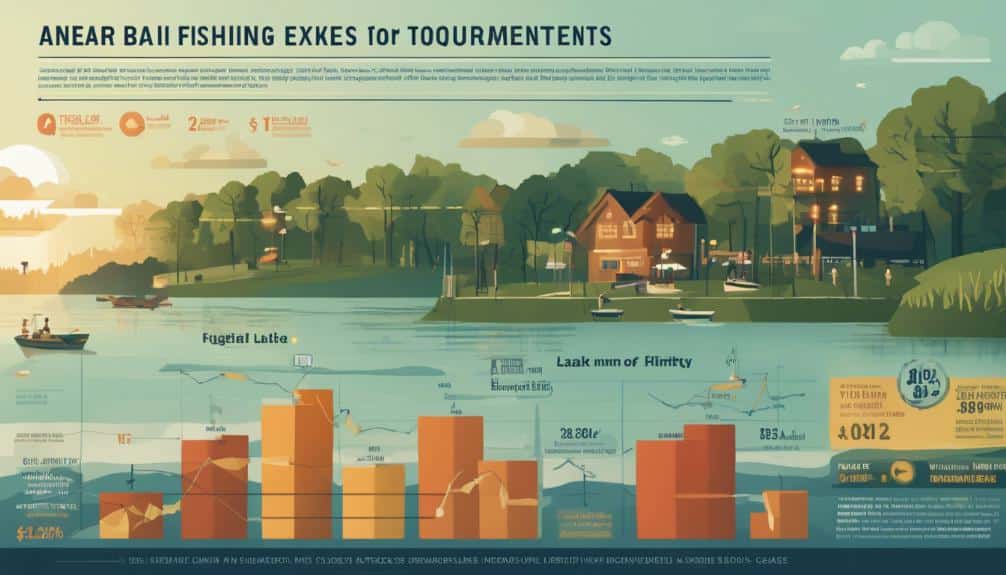
To safeguard Michigan’s aquatic ecosystems, it’s crucial you’re familiar with the state’s stringent laws and regulations designed to halt the spread of aquatic invasive species. Understanding and adhering to these guidelines are paramount for aquatic disease prevention. Specifically, the largemouth bass virus has underscored the critical need for stringent measures to prevent the transmission of diseases that can devastate local fish populations and, by extension, the broader ecosystem.
Invasive species control is another crucial aspect of these regulations. Michigan’s efforts to stem the tide of non-native organisms include mandatory watercraft maintenance protocols. Before you launch your boat, it’s imperative that it’s free from aquatic organisms. This step isn’t just about protecting your investment in your watercraft but also about preventing these invasive species from gaining a foothold in new environments.
Moreover, the Department of Natural Resources (DNR) may implement closures at managed boating access sites as a proactive measure against the spread of these species. Compliance isn’t optional; it’s enforced with penalties for violations to ensure everyone plays their part in protecting Michigan’s waterways. This collective effort is essential for maintaining the health and biodiversity of our aquatic ecosystems.
Summary Reports and Analysis
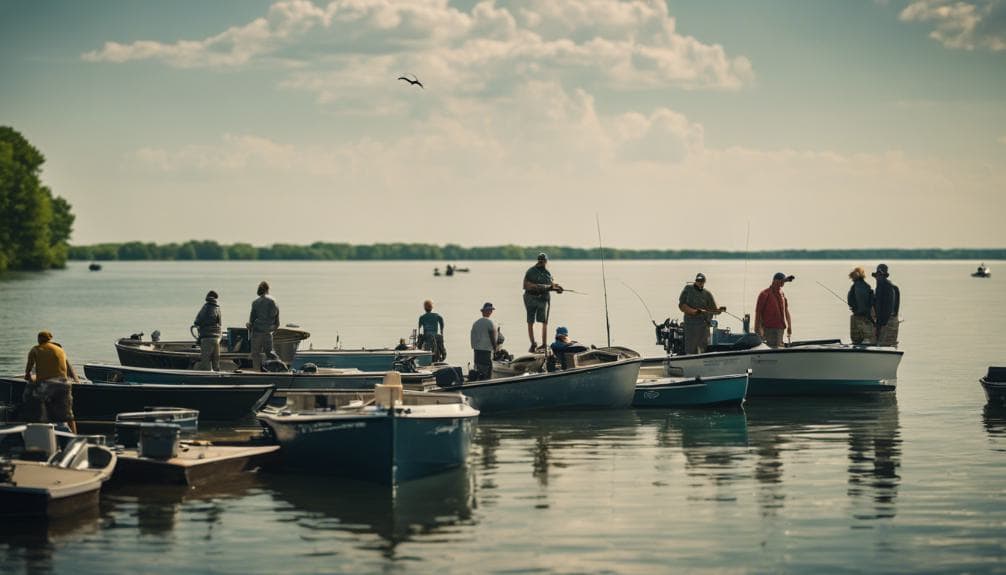
Beyond understanding and adhering to regulations for preventing the spread of aquatic invasive species, you’ll find that analyzing summary reports from past Lake Erie fishing tournaments offers in-depth insights into winning strategies and trends. These reports are a treasure trove of information, providing not only an overview of the winners, catches, and payouts but also a rich source for catch analysis.
By exploring detailed breakdowns of fish sizes, weights, and the specific locations where the winning catches were made, you can glean valuable location insights that might guide your strategy in future competitions. This catch analysis is critical; understanding the conditions under which the largest and most winning fish were caught can greatly enhance your approach.
Winning strategies are also illuminated through these analyses. The reports investigate the trends, techniques, and strategies employed by top anglers, offering a comparative study across different tournaments. This comparison sheds light on the evolution of tactics and the adaptability required to succeed in the diverse competitive landscape of Lake Erie fishing tournaments.
In essence, summary reports and their analysis provide a detailed, technical blueprint for any angler aiming to elevate their performance in Lake Erie fishing tournaments, highlighting the critical elements of catch analysis, winning strategies, and location insights.
Frequently Asked Questions
What Happened to the Lake Erie Walleye Tournament Cheaters?
You’ve likely heard the cheaters in the Lake Erie Walleye Tournament were disqualified and banned, highlighting ethical implications. This move safeguarded tournament integrity and underscored the importance of cheating prevention in maintaining sportsmanship and fair play.
What Is the Prize Money for the Lake Erie Walleye Trail Fishing Tournament?
You’re casting a net in vast waters when diving into the specifics of the Lake Erie Walleye Trail’s prize money. With a $300 entry and optional $120 side pots, anglers reel in significant cash prizes.
What Month Is Best for Walleye Fishing Lake Erie?
April’s your best bet for walleye fishing on Lake Erie, where weather conditions favor active feeding and spawning. Master your fishing techniques and choose the right boat type to make the most of this peak month.
What Is the Best Bait for Walleye on Lake Erie?
Like a chef choosing the perfect spice, the best bait for walleye on Lake Erie depends on seasonal patterns. Night fishing thrives with jigging techniques, using soft plastics or minnow imitations to match the hatch.
Conclusion
Ready to reel in that trophy catch at the 2024 Lake Erie fishing tournaments? With our detailed guide, you’ve navigated the ins and outs of registration, understood boating permits, and grasped how important reporting data is.
Setting up your online account and staying informed through the Tournament Information System ensures you’re ahead in the game. Remember, preventing aquatic invasive species is vital—how will you contribute?
Delve into the summary reports for a thorough analysis, ensuring your next fishing adventure isn’t just successful but also sustainable.
